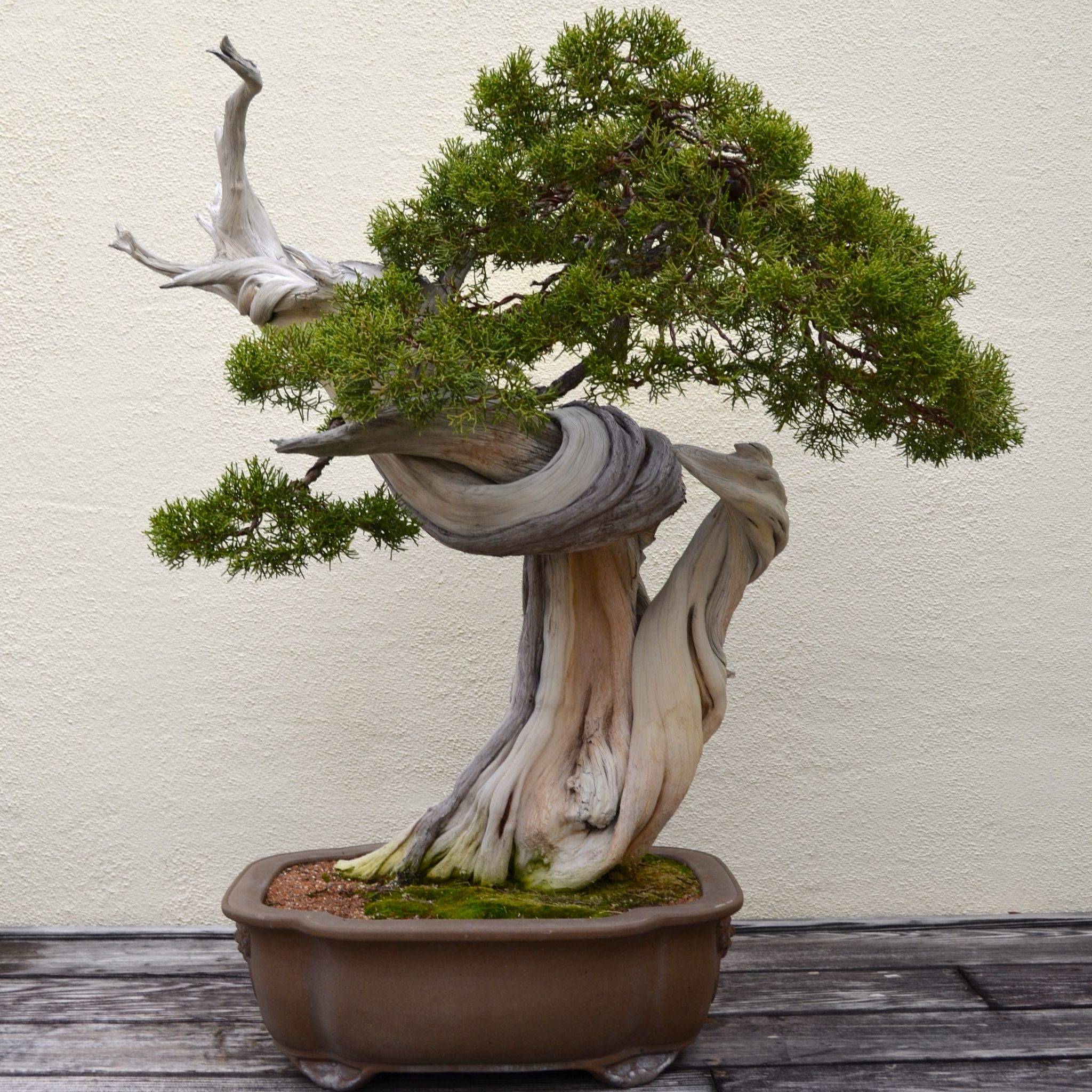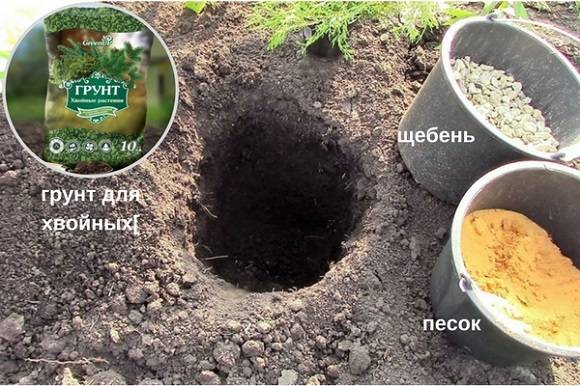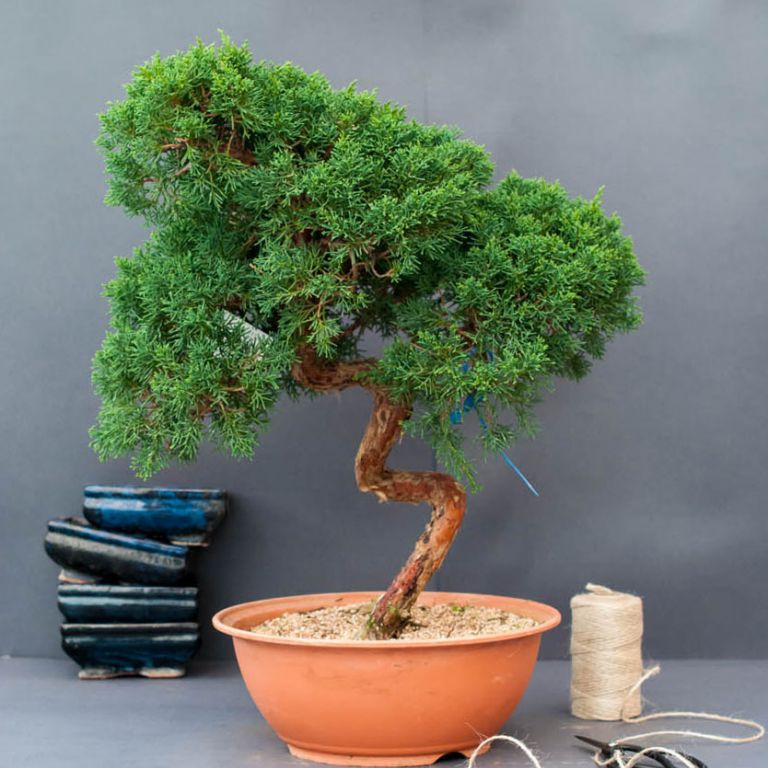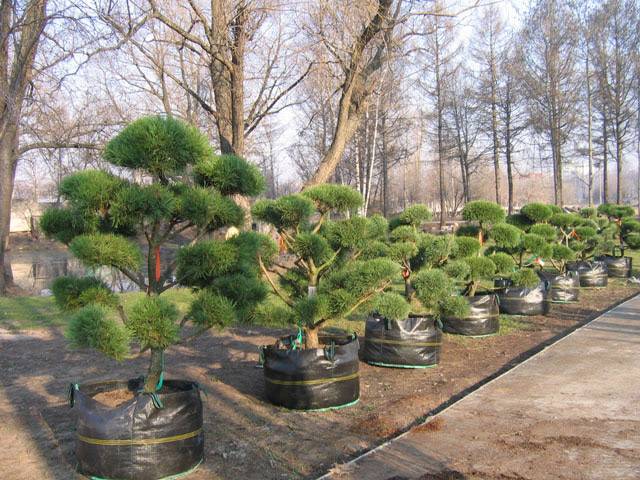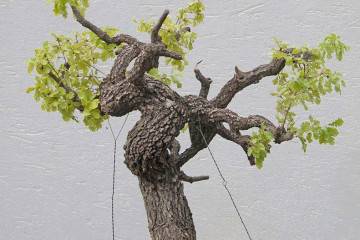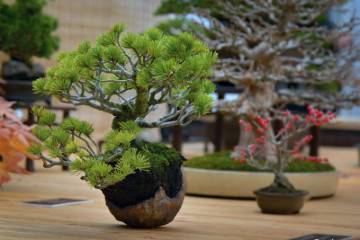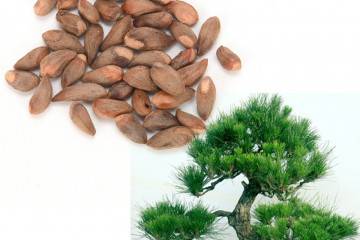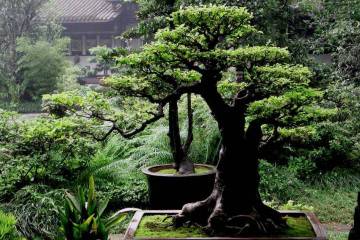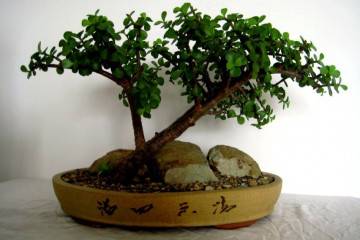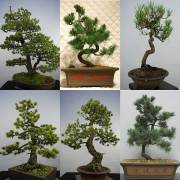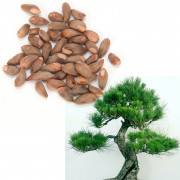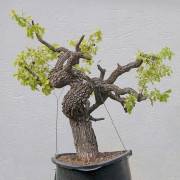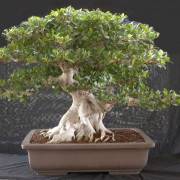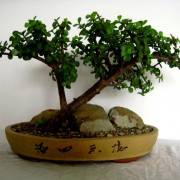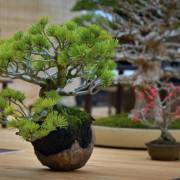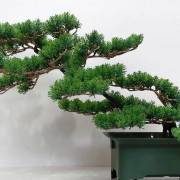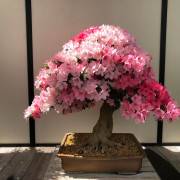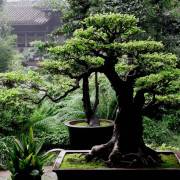Juniper Bonsai - How To Grow From Seeds
Content:
Dwarf trees are grown specifically for decorative purposes. The art of growing these plants in a container according to strict rules and regulations came to Europe from the east, and originated in ancient times in China, and is successfully cultivated in Japan. The article below will discuss how to make a bonsai from juniper.
What types are suitable for creating a juniper bonsai
Several types of juniper grow in nature. Some of them can be grown to make bonsai later.
Cossack
The Cossack species of juniper is an unpretentious one and a half meter creeping shrub. This plant is most suitable for self-made bonsai. A professional and novice florist can do this.
Scaly
From scaly juniper, Meyeri looks great on a bonsai garden. It is not difficult to grow it with your own hands, you need to follow the recommendations. The shrub enters the active growth stage with the arrival of spring. A shade of a silvery-blue tone appears at the tips of the shoots. Then berries grow dark blue with a waxy bloom.
Ordinary
You can grow bonsai from common juniper on your own. The shrub is not afraid of shade, does not need special care, tolerates frost. Considering the fact that every year the plant does not add much in growth, even a beginner can take up the formation of bonsai.
Rocky
The rocky juniper belongs to the creeping species, which makes it possible, without much effort, to create an interesting bonsai. The shrub is created by nature to be compact, the crown does not require special changes.
Virginia
Photophilous, but tolerates slight shading, this is how the Virginia juniper is characterized. It gets along well on soils of medium fertility. Easy to grow, easy to make bonsai.
Juniper seeds for planting
Seed propagation is not popular, but it is possible to grow strong seedlings from seeds. You need to collect the seeds yourself, stratify them, plant them in fertile soil and get sprouts in open or closed ground.
How to collect seeds? Any canvas is spread under the bush and the fruits are shaken off, which are then immersed in water for washing. By grinding, seeds are extracted from them in a dense shell. For them to germinate successfully, the shell must be destroyed. The following actions are taken: they are kept for half an hour in a weak acidic solution, removed and washed.
You can mechanically destroy the hard shell by rubbing them between sheets of sandpaper.
Juniper Bonsai Specialist Tips
The task of flower growers who have taken up the Japanese art of plant growing is the original formation of bonsai. Step-by-step work of creating a bonsai:
- The juniper must be planted in the chosen location.
- Draw schematically the location of the branches and the desired shape of the crown (alternating direction of the branches in different directions, cascading or natural form).
- Following the scheme.
How to make bonsai:
- Pass the aluminum wire through the hole to drain the water, then spirally evenly, without tightening tightly, wind it around the barrel from bottom to top.
- Bend the barrel gently with both hands.
- Long shoots need to be pruned, unnecessary ones removed, focusing on the diagram.
- Remove the wire after three months.
Juniper Bonsai Care Tips
At home, growing a stylish mini-tree should be started by planting a seedling in a special container (bowl or container).
Bonsai in the garden is created by arranging branches in tiers. The crown is thinned out, and in order to prevent the intertwining of the shoots, they must be fixed with a bamboo spacer or use a twine.
Home and outdoor planting of bonsai requires elementary methods of care, dictated by the rules in accordance with the characteristics of the variety.
Location
Juniper is a light-loving plant. The container with bonsai is placed in a lighted place, but protected from direct rays of the sun. The room temperature must be kept within certain limits stably (in summer 22 ° C, in winter from 7 ° C to 10 ° C). Dry warm air is of little use for a plant.
Watering rules and soil composition
The soil for the tree should not be filled with nutrient substrates, organic matter needs a minimum. The main components are sandy peat, bark and brick chips. You can purchase special soil for succulents (cacti, aloe, milkweed, etc.) from the retail network.
The containers in which the bonsai grows need to have drainage holes, water drain is required. For a container, you can equip a pallet by filling it with moss or expanded clay. Such a device is necessary to ensure a certain level of humidity.
Water a miniature tree regularly. In spring and summer, up to three times a week. In addition, in the summer it is useful to spray the crown 2 times a day. In winter, watering is limited to 1 time in half a month.
Formation
Rules for the formation of an unusual shape of trees:
- Any work on the creation of bonsai should be carried out in the spring and early summer;
- bonsai can only be grown from healthy plants that are able to recover after the procedures performed;
- shoots unnecessary for formation are cut out when a length of 2 cm is reached.Taking into account the fact that the growing foliage gives the tree strength, no more than 40% of the crown is removed at one time;
- internal foliage that has stopped growing is periodically eliminated;
- so that the growth of shoots does not stop, they are cut off next to the replacement bud;
- the wire is used to shape the trunk during the dormant period from October to March, when the structure of the bush is clearly visible, all the bends are visible, as well as healthy strong twigs;
- for indoor bonsai, the wintering period is necessary and important. In accordance with this, the plant is kept in a room with cool air (winter garden, glass loggia).
Bonsai tree trunk care
In the improvement of the garden, park territory, the design and care of the periosteal circle is of particular importance.The soil there must be kept clean: without mold, protruding pebbles, etc. Mulching is also practiced as a decorative design.
Pruning leaves and branches
Healthy growing foliage is the source of plant vigor. When pruning a shrub, you need to remember this and not get carried away with cutting off shoots. It should also be borne in mind that the shoots remaining after pruning should have light green growing ends.
Top dressing
Juniper bonsai do not need frequent feeding. Recharge is carried out during active growth. And during this period, mineral fertilizers should not be added.
Fertilizers with phosphorus and nitrogen, rotted manure are used from the second year of growth.
Preparing for winter
To prevent freezing, cover the bushes with a cloth, sprinkle young plantings with sawdust or cover with straw. This exercise will help you avoid getting burned by direct sunlight in the spring.
Diseases and pests of juniper bonsai
Florists note that the bush does not get sick often, but the risk of the disease remains. When caring for plants, you need to closely monitor the condition of the foliage. The first signs of defeat should be adjusted to the fight against harmful creatures.
Juniper bonsai is affected by thrips, aphids, spider mites, scale insects, mealybugs. Having found pests, the crown must be cleaned and sprayed with protective agents. Folk remedies are used together with "chemistry". For example, the needles are washed with a soap solution.
When using chemicals, the dosage must be carefully calculated so as not to cause burns. Spraying insecticides is carried out from a distance of 40 cm.
Bonsai can suffer from diseases, the cause of which lies in the violation of the rules of care. The roots suffer from moisture overload. Excessive watering stimulates the appearance of powdery mildew or gray mold. Ailments are treated with antifungal drugs. Depending on the degree of damage, the bushes need to be transplanted, while removing the affected root system. The rest of the plant is disinfected.
Growing a juniper bonsai is within the power of anyone who learns the principles of shaping and provides proper care. The resulting miniature tree of amazing shape will decorate any garden plot or residential, as well as office space.
